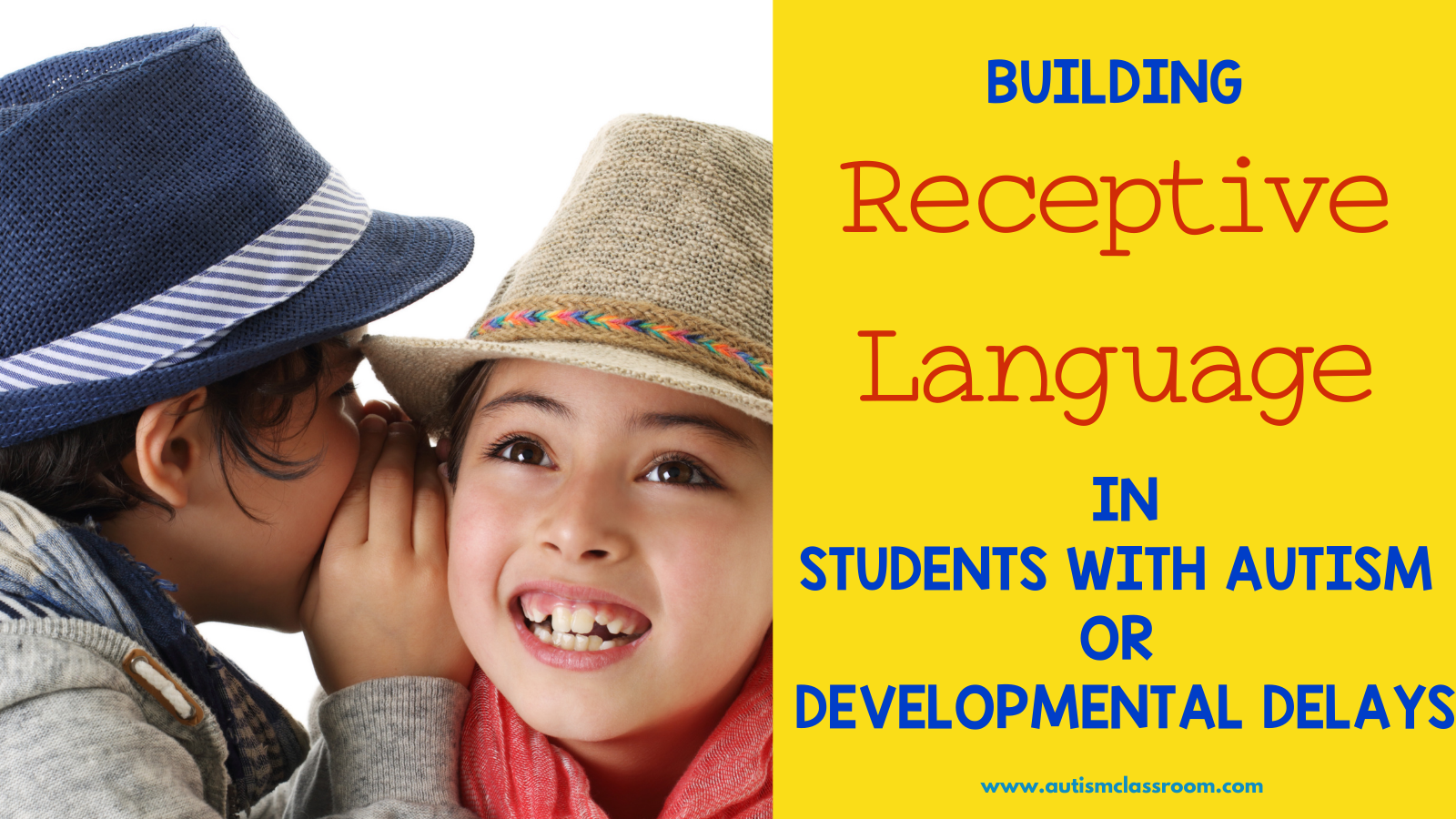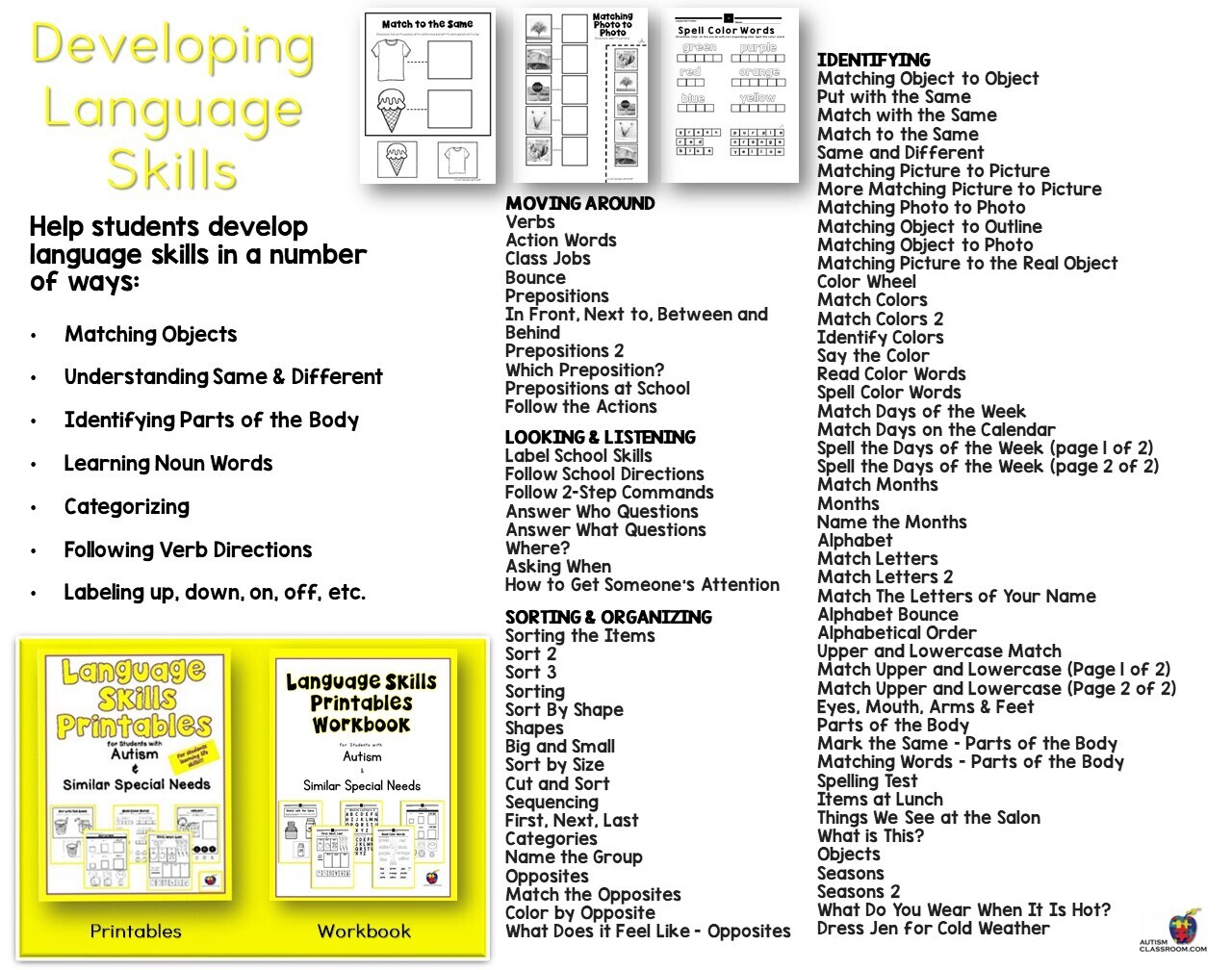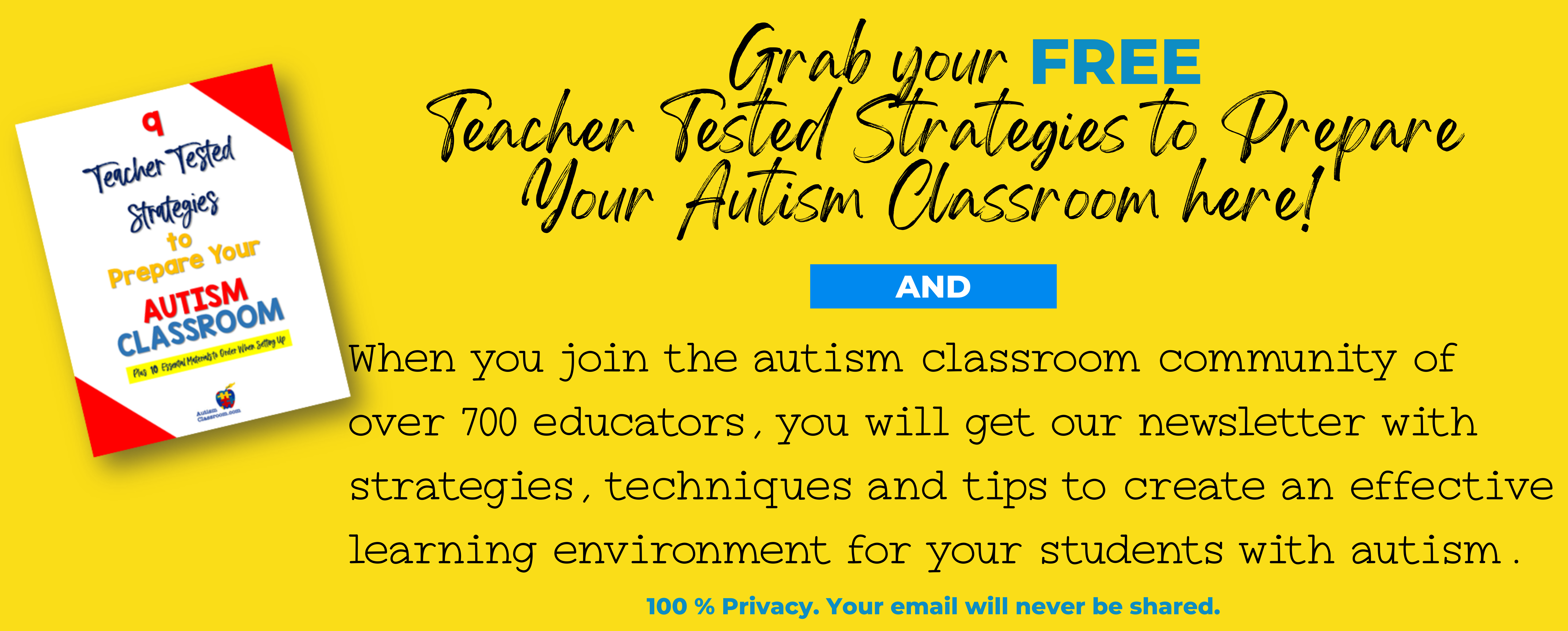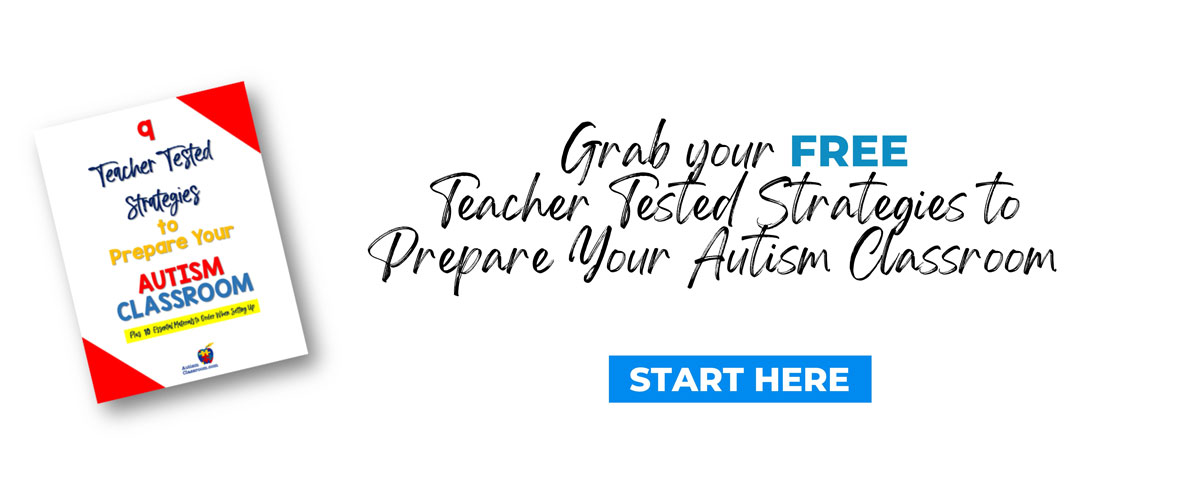You know your student wants something, but it's just not clear what it is. The movements get larger, louder and more intrusive, but you still don't know what they want. The crying begins and it breaks your heart that again, at least for this moment, that you cannot figure out what message they are trying to give.
It's real for a lot of us. We know that teaching expressive language and receptive language is needed in many special needs classrooms and homeschool environments. Receptively understanding what others are saying and expressing what they want to say is difficult for some students. For this reason, language instruction is so very important. If a child cannot think of the word to tell their preferences, they will not be able to let you know what they want.
Teachers and caregivers need to actively teach expressive language skills and receptive language skills to students, by meeting the child where where they are. Start with what they can do and build on that.
For expressive language, try adding a visual element such as pictures or sign language so that the student can communicate with something more if they cannot find the words at the time. For some students with autism nonverbal communication is their primary way to get their point across. For this reason, teaching students with autism nonverbal ways to express themselves in addition to words, can open up many doors of self-expression.
Helping your student with autism build receptive language skills can seem like an overwhelming task, but it doesn’t have to be. Receptive language skills relate to the ability to understand language. It can be difficult to know where to start or what you should focus on first. That’s why it is helpful to begin with a quick assessment of a child’s current skills. This will show you areas of difficulty and pinpoint where your student could use help.
Use this checklist to determine which of these skills he or she already has and which they could benefit from working on:
__Matching Object to Object
__Putting Pictures with the Same
__Matching Picture to the Real Object
__Matching Days on the Calendar
__Matching The Letters of Their Name
__Knowing Alphabetical Order
__Uppercase and Lowercase Letter Matching or Identifying
__Identify Colors
__Sorting Items
If you are already working with a Speech Language Pathologist, you should also refer to any information you have received from them when assessing his or her receptive language skills. This is becuase some students may need to start with less complex tasks.
Once you have completed a simple assessment, you can start incorporating activities to target areas you have identified for improvement. There are often objects already in your clasroom or house that you can use to help build a child’s language comprehension. Some simple receptive language activities could help.
For example, a simple activity that can be done is matching object to object. Simply employ the use of household items like cups, spoons, or toys.
Another activity that builds a child’s language comprehension and vocabulary skills is sorting objects. Again, various everyday household items can be used here. Think about items that he or she uses frequently like toys, clothing or even grocery items that can be sorted. You verabally label the items as they are sorting when you give the directions. For example, "Here, sort the white socks."
It is important to keep in mind that building receptive language skills does not have to be an all or nothing approach. Start small, focusing on a few goals at a time. That way you can incorporate these activities into your day while building valuable receptive language skills for your child.
Some ideas for receptive language activities may be:
- Working on Matching Objects
- Understanding Same and Different
- Identifying Parts of the Body
- Learning Noun Words
- Categorizing
- Following Verb Directions
- Labeling up, down, on, off, etc.

These Langauge Skills Printables were created to try to support language instruction with receptive language activities that are all in one place for students. They come as printables or in workbook form.
Some more articles on the topic:
Autism Classroom's page on communication is here.
This article tells more ways to improve expressive language skills in students.
If you would like some experessive language activities to try, check here.
Try a few techniques from this page to boost receptive language skills.


